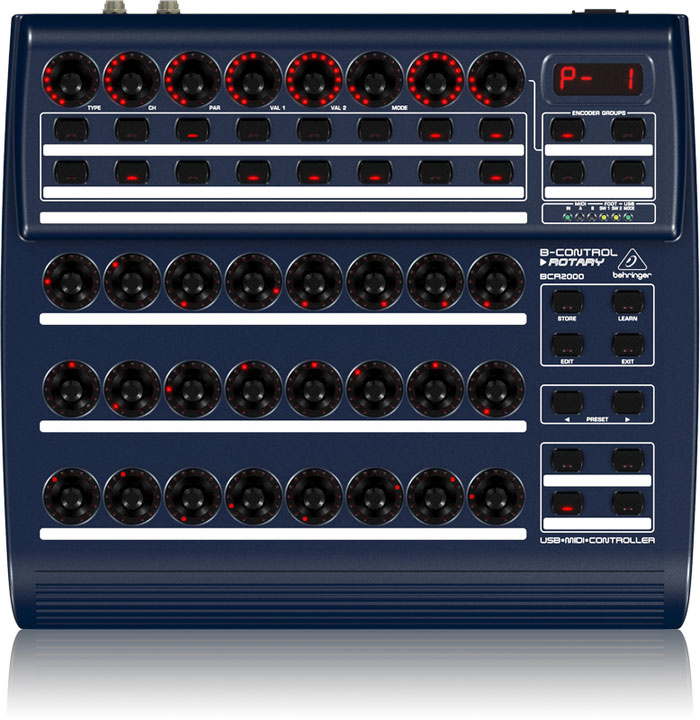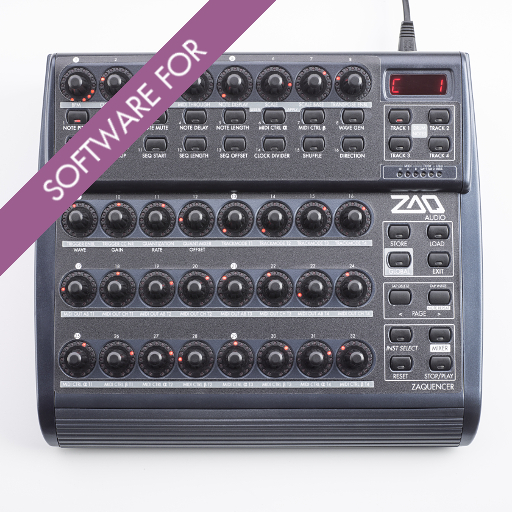

- #Taking about behinger bcr 2000 manual#
- #Taking about behinger bcr 2000 pro#
- #Taking about behinger bcr 2000 software#
#Taking about behinger bcr 2000 pro#
Rock 2: based on the Ampeg SVT Classic Pro II.Rock Classic: based on the Ampeg SVT Classic.Thunderbird: similar to small bass combos such as the Behringer Thunderbird BX108.British '80s: inspired by the '80s sounds of musicians such as Mark King from Level 42.British '70s: based on the '69 Marshall Major.British '60s: based on the '68 Marshall Super Bass Plexi with vintage E元4 tubes.
#Taking about behinger bcr 2000 manual#
Even now I still don't feel I fully understand the entire thing, but life's simply too short to make sense of a manual as difficult to read as this. The manual is so hard to use that it really did colour my early opinion of the product. There's no 'Getting Started' section, no self-contained explanation of the basics, no block diagram of the signal path, and a confusion all the way through that comes from the manual's attempt to cover the Bass V-Amp Pro at the same time. However, not only did it not make a great deal of sense, perhaps as a result of translation from the original German, but it also seems to have been written with little regard for structure and the needs of a new user. In order to make the best use of the review period, I thought I'd better read the manual to get up to speed as quickly as possible.
#Taking about behinger bcr 2000 software#
However, the success of modelling hardware and, for that matter, software plug-ins, in the last five years or so suggests that the approach has something to offer.īefore I go on to flesh out the Bass V-Amp's take on modelling effects, I have an early gripe: the owner's manual is awful. Of course, amp and cabinet modelling is never an exact science, especially when the modelled sound is augmented with that of a real amp and cabinet further down the line.

Secondly, the modelling stage is followed by an effects engine that can generate all the usual effect types, plus, in the V-Amp range, a few less common ones - Synth, P-funk'n and VCF+flange, for example, in the case of the Bass V-Amp. So, firstly, in modelling-type products, internal algorithms are programmed to imprint on the incoming signal the characteristic frequency balance, distortion products and dynamic envelope of a selectable range of classic backline amplifiers and cabinets. The premise behind modelling preamps such as the Bass V-Amp under review here is that what we're most often looking for when treating a guitar or bass is to ape a generic sound - either that of a player or of a combination of effect, amplifier and speaker cabinet. Behringer's cost-effective take on amp and cabinet modelling, plus effects, is now available for bass players


 0 kommentar(er)
0 kommentar(er)
